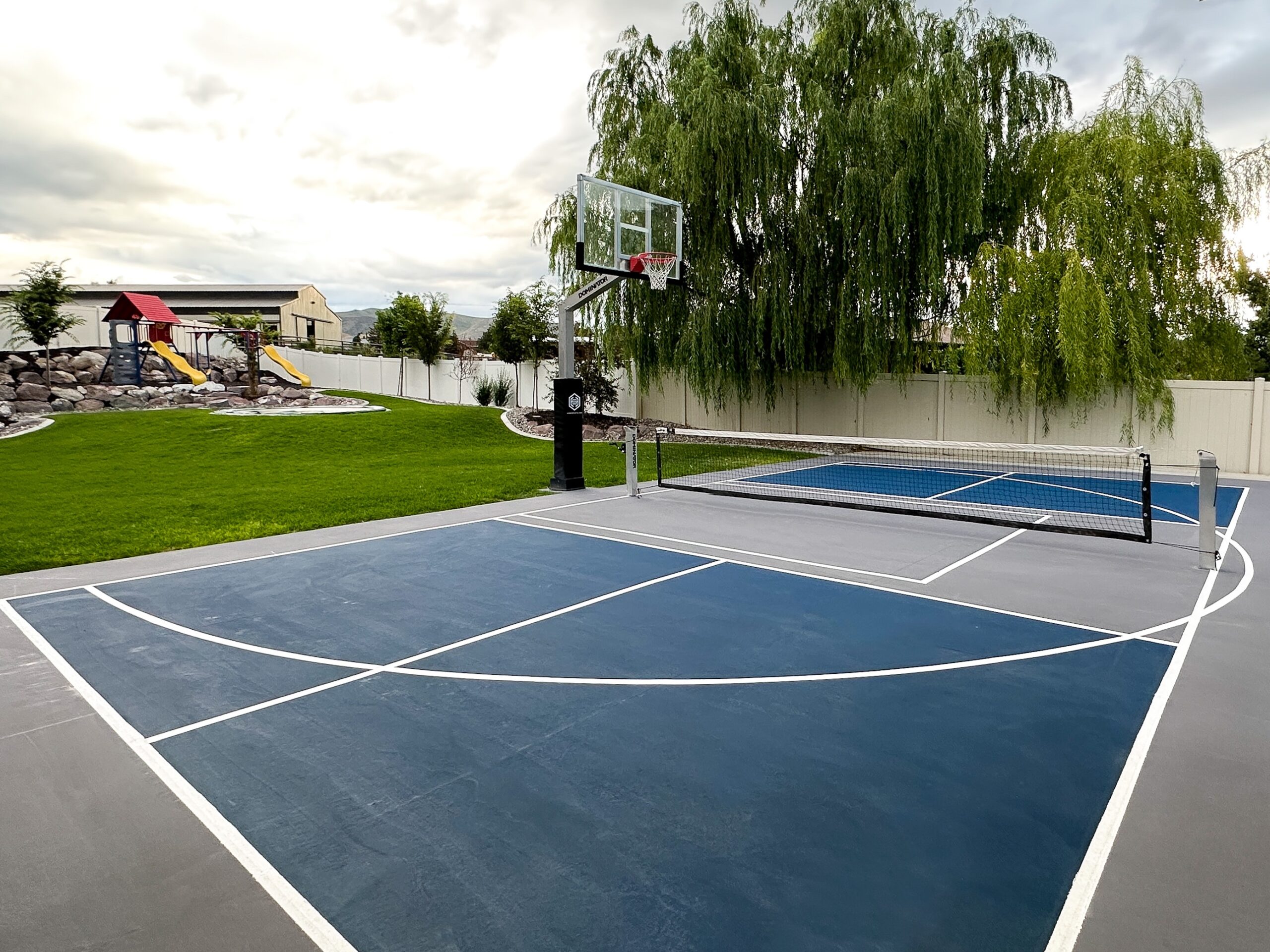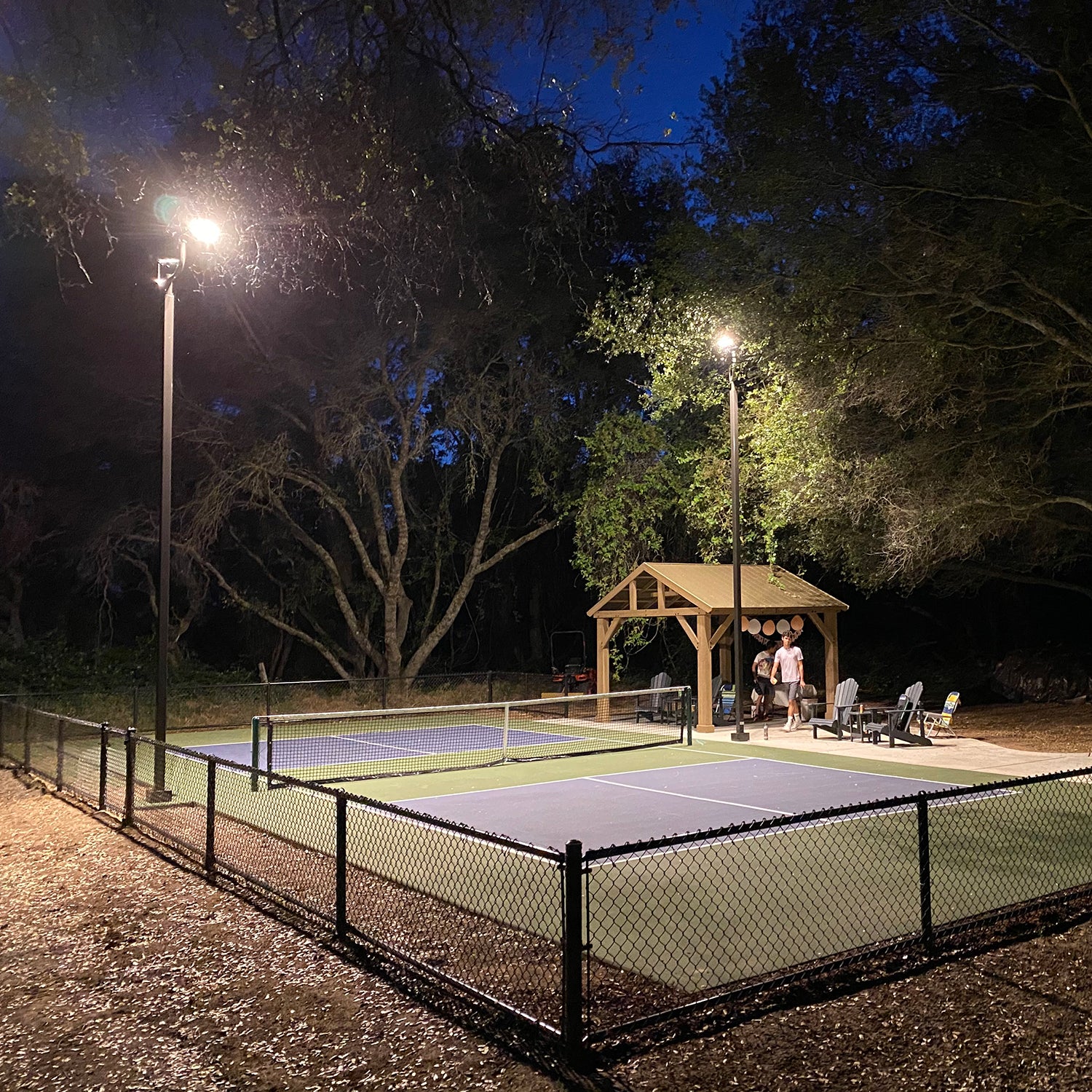Navigating Regulations for Pickleball Court Construction in Your Location
Building a pickleball court in your location needs a nuanced understanding of various neighborhood regulations, consisting of zoning regulations, building licenses, and safety criteria. Each community imposes specific guidelines that can substantially influence the feasibility of your task. Engaging with neighborhood authorities and the neighborhood is vital for making certain compliance and fostering assistance. Browsing this regulative landscape can be complicated and lengthy. What are the vital actions you should think about to prevent prospective risks and make certain a smooth building procedure?
Understanding Neighborhood Zoning Laws
When taking into consideration the construction of a pickleball court, comprehending regional zoning regulations is essential to ensuring conformity and staying clear of potential legal problems. Zoning guidelines determine how land can be used and typically consist of requirements relevant to recreational facilities. These laws can vary substantially by community, influencing variables such as court positioning, dimension, noise, and illumination levels.
Prior to launching construction, it is important to speak with the regional zoning board or planning division to ascertain the specific laws that relate to your residential or commercial property. Certain zones might limit leisure activities, while others might call for certain licenses or adherence to particular guidelines. It is additionally crucial to think about problems, which determine just how much structures must be from home lines or other structures.
In addition, private developments, such as homeowner organizations (HOAs), might enforce their own rules pertaining to the building and use of pickleball courts. Recognizing these guidelines can avoid pricey adjustments or litigation down the line. Involving with local stakeholders and area participants can provide beneficial insights and foster assistance for your project, making certain that it lines up with the area's requirements and expectations.
Getting Necessary Structure Permits
Exactly how does one navigate the complexities of acquiring needed building permits for a pickleball court? The procedure starts with comprehending neighborhood policies and needs set forth by metropolitan authorities. Usually, you will certainly need to send a detailed site strategy that outlines the suggested court measurements, products, and layout. This plan must abide with zoning laws and any type of details regulations concerning recreational centers.

When authorizations are obtained, it is vital to stick to any assessment timetables and requirements throughout the building stage. Maintaining communication with regional authorities will certainly promote a smoother approval process and assistance stay clear of potential problems. By completely preparing and recognizing the allowing landscape, you can successfully navigate the complexities included in building a pickleball court while staying certified with all neighborhood laws.

Assessing Environmental Influence
A thorough assessment of ecological impact is crucial when preparing the building and construction of a pickleball court. This examination helps determine possible effects on regional ecological communities, water resources, and neighborhood visual appeals. Secret variables to consider consist of website option-- guaranteeing that the court is not improved environmentally sensitive land, such as wetlands or environments for endangered varieties
Soil Web Site security and drain patterns need to be evaluated to protect against erosion and water pooling, which might adversely influence bordering vegetation and wildlife. Additionally, the option of products is essential; selecting sustainable and green options reduces environmental damage.
The application of efficient stormwater administration techniques is an additional essential facet, as it assists alleviate overflow and sedimentation. Engaging with regional environmental agencies can provide valuable insights right into laws and ideal practices certain to your location.
Lastly, area input can be beneficial in understanding any neighborhood ecological worries and promoting support for the project. By conducting a thorough ecological influence evaluation, stakeholders can guarantee that pickleball court construction aligns with lasting methods and contributes positively to the area's environmental health.
Complying With Safety And Security Specifications
Making sure compliance with safety and security requirements is important for the successful building and construction and operation of a pickleball court. Adhering to recognized safety and security laws lessens the danger of injuries and crashes, making sure a protected setting for players.
Trick security standards consist of proper court measurements, surface products, and lights demands. The court has to satisfy the main dimensions of 20 feet vast by 44 feet long for doubles play, with proper buffer zones to protect against injuries from errant rounds. Pickleball click now court construction. The surface must be constructed from non-slip materials to boost traction and minimize the likelihood of falls
In addition, lighting needs to suffice for evening play, supplying consistent illumination to prevent darkness that can hinder visibility. Regional building ordinance may likewise determine details requirements for fence and web elevation to ensure player safety and security and prevent unauthorized accessibility to the court location.
Routine evaluations and maintenance are vital to maintain these requirements with time. By focusing on security compliance, court owners not only shield gamers but additionally foster a favorable online reputation within the area. This commitment to security can urge better engagement and satisfaction of the sporting activity, inevitably adding to its development and sustainability.

Involving the Neighborhood in Preparation
Neighborhood participation in the drawing board of pickleball court building can dramatically enhance the project's general success. Involving neighborhood residents and stakeholders fosters a sense of possession and urges joint decision-making, which can lead to broader support for the effort.
To properly entail the area, organizers should initiate public meetings or workshops, offering a platform for locals to voice their viewpoints and choices pertaining to area, layout, and services. Studies and comments forms can also be utilized to gather understandings from a wider target market, ensuring that varied viewpoints are taken into consideration.
In addition, creating an area advising board can assist in continuous discussions and address issues throughout the planning procedure. This board can consist of agents from different demographics, such as local schools, recreational companies, and community associations, thereby amplifying area depiction.
Efficient communication is key; updates about the task should be consistently shared by means of newsletters, social media, or neighborhood notices. By prioritizing area involvement, coordinators can cultivate interest, reduce possible resistance, and create a pickleball center that really reverberates find out here with regional values and demands. This collaborative strategy not only enriches the job but additionally strengthens area ties.
Verdict
In final thought, browsing the intricacies of pickleball court construction necessitates an extensive understanding of neighborhood laws, including zoning laws, building licenses, and security criteria. By sticking to these standards and cultivating partnership, effective execution of pickleball courts can be accomplished, promoting recreational opportunities and area well-being.
Building a pickleball court in your area needs a nuanced understanding of different regional guidelines, consisting of zoning legislations, structure licenses, and security requirements.When thinking about the building and construction of a pickleball court, recognizing neighborhood zoning laws is important to making sure compliance and preventing potential legal issues. By extensively preparing and recognizing the allowing landscape, you can effectively navigate the complexities entailed in creating a pickleball court while staying compliant with all local regulations.
In verdict, browsing the complexities of pickleball court construction demands a thorough understanding of regional policies, including zoning regulations, structure permits, and safety criteria. By adhering to these guidelines and cultivating partnership, effective execution of pickleball courts can be achieved, advertising leisure possibilities and community health.